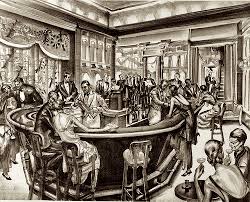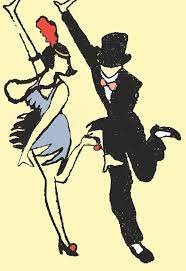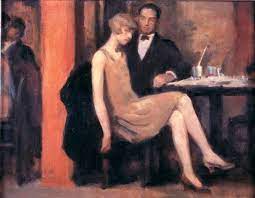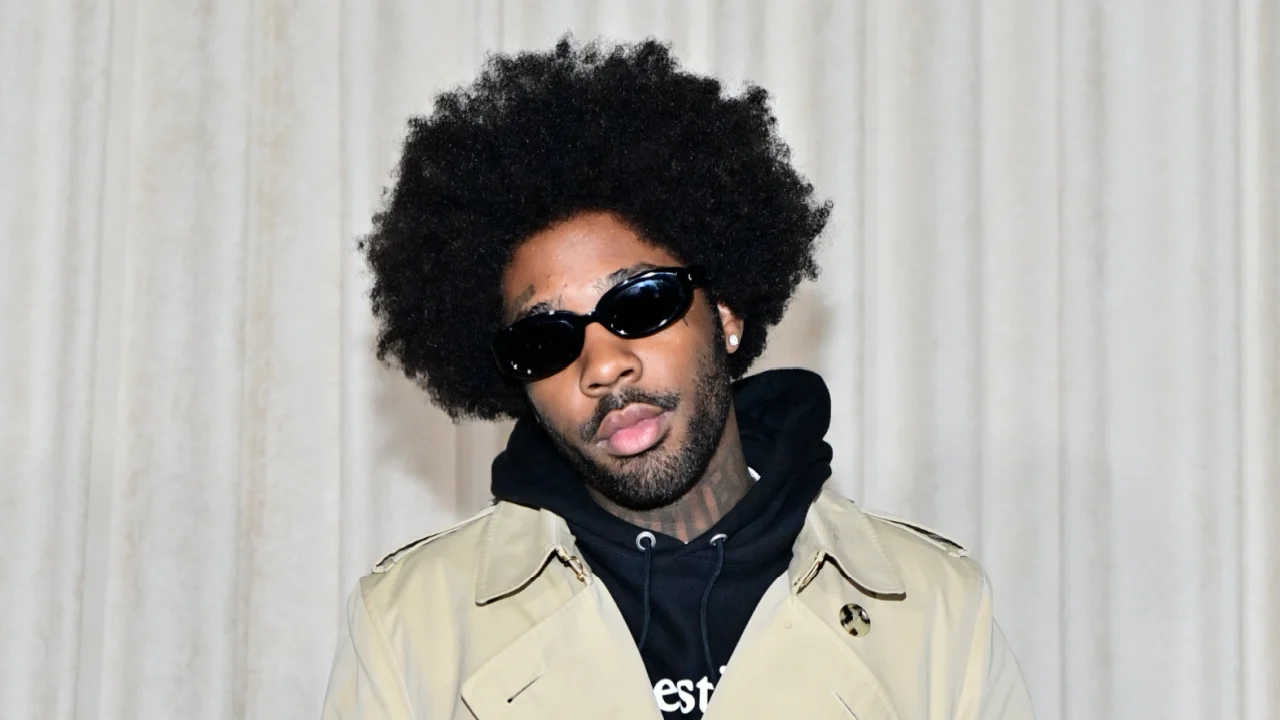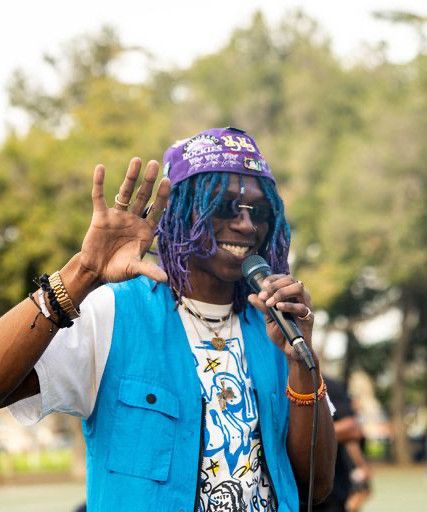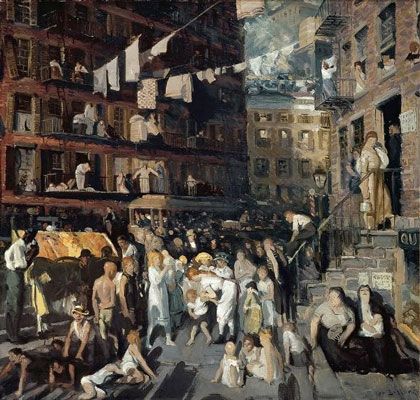Towards the end of the novel Nick Caraway references an “El Greco” painting, and compares the artwork to West Egg.

He says the village reminds him of a “grotesque” and sullen place, a stark contrast from the grand “mansions” that Nick saw when he first arrived in West Egg. This comparison reflects Nick’s brooding mood that comes over him once the summer has ended and the “foul dust” has preyed upon Gatsby. The events of the book has left the village desolate, symbolizing the finality of Gatsby’s demise.
Another interesting piece of art in the book comes in the form of the book’s cover.

The cover presents a set of eyes looking down upon the city of New York. The eyes symbolize the idea that everything is being watched, an idea that George Wilson uses to justify his killing of Gatsby, “God sees everything”. The eyes also speak to transience, where this omniscient watcher is able to view all of the changes in society over time, but can do nothing but watch. The eyes of T.J. Eckleburg are present throughout the book and watch over the events in the book, the most meaningful being when Gatsby and Daisy drive off after hitting Myrtle Wilson. The eyes can be interpreted as almost melancholy and stoic, simply observing the occurrences of the novel as they happen, with an indiscernible and silent judgement.

Music is also mentioned in the book, with Gatsby’s parties having live bands that play Jazz music deep into the night. The music serves as a tangible aspect of the elaborate parties that shows the high spirits and “hilarity” of the evenings. The music influences the mood of the nights, directly contributing to the perception of Gatsby. Gatsby has built his life up to be seen as grand, and the music at the parties contributes to the feelings of the party goers. They’re inclined to have a joyful time through the music and wish to return to more parties and tell their friends, and Gatsby uses this to his advantage to spread the allure of his company.

